
Factsheet Malvaceae
Malvaceae, the hibiscus, or mallow, family (order Malvales) containing some 243 genera and at least 4,225 species of herbs, shrubs, and trees.Representatives occur in all except the coldest parts of the world but are most numerous in the tropics. A number of species are economically important, including cotton (various Gossypium species), cacao (Theobroma cacao), linden (Tilia species), durian.

7 Important Characters of Malvaceae (Mallow Family) plants
A list of all accepted and unassessed names in Malvaceae is available in CSV format (Unicode UTF-8 encoding). Statistics. Species of Malvaceae contained within The Plant List belong to 245 plant genera. The Plant List includes 14,539 scientific plant names of species rank for the family Malvaceae. Of these 4,465 are accepted species names.

Malvaceae Flowering Plants, Trees & Shrubs Britannica
Malvaceae is a family of flowering plants. The family includes about 1000 species in 75 genera. They are found in tropical and temperate regions. They are not found very often in places such as Antarctica because those places are too cold for Malvaceae plants.

Especie Abutilon pauciflorum Familia Malvaceae
Malvaceae. 1a. Plants woody, trees up to 35 m tall; peduncle of the inflorescence adnate to a conspicuous, elongate bract [Figs. 722, 723 ]; stamens pentadelphous; fruit a nut -like drupe. 1b. Plants herbaceous or shrubs to 6 m tall in Hibiscus syriacus; inflorescence without an adnate bract; stamens monadelphous; fruit a capsule or schizocarp.

Factsheet Malvaceae
Malva sylvestris Cheeseweed, Behbahan, Iran. Malva is a genus of herbaceous annual, biennial, and perennial plants in the family Malvaceae.It is one of several closely related genera in the family to bear the common English name mallow.The genus is widespread throughout the temperate, subtropical and tropical regions of Africa, Asia and Europe.. The leaves are alternate, palmately lobed.
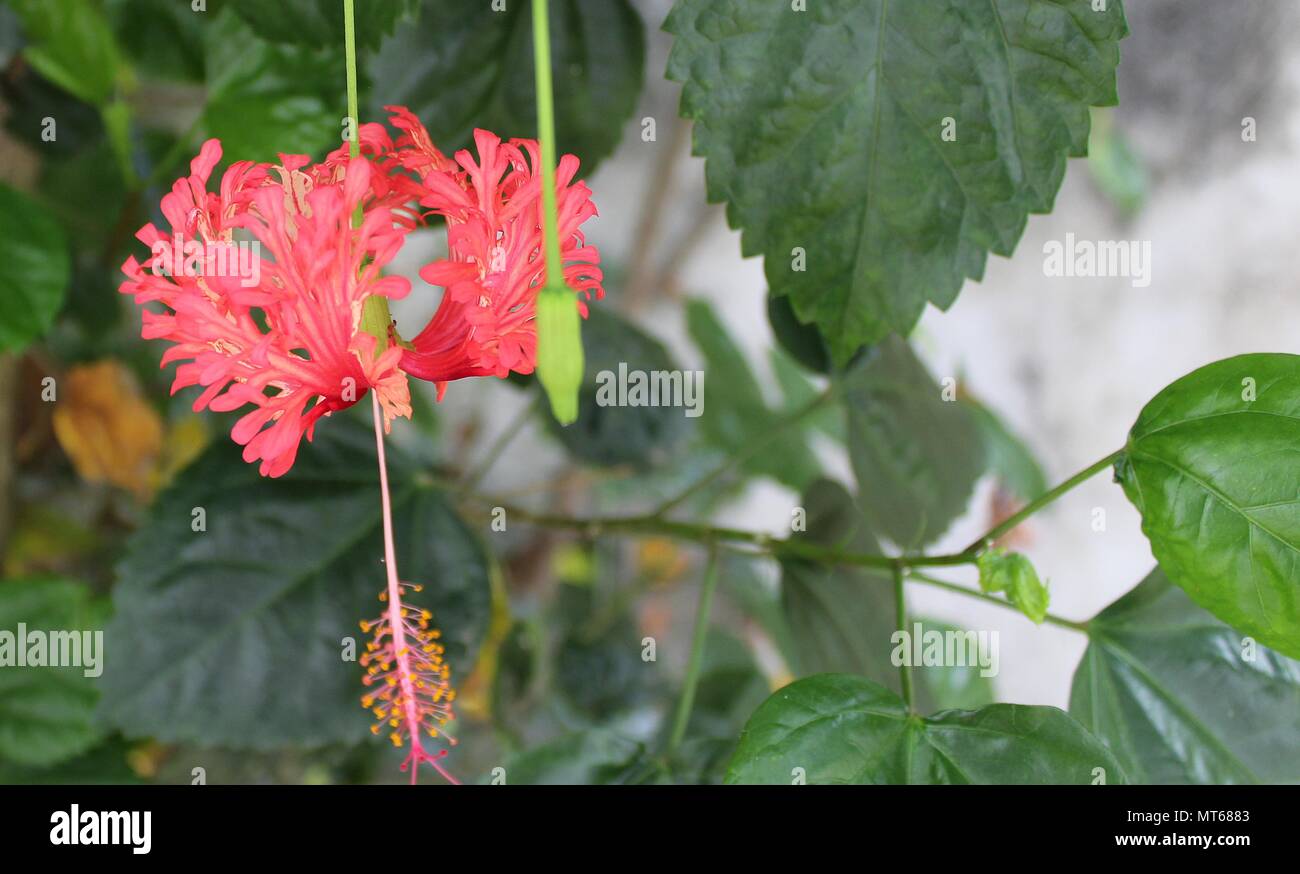
Family malvaceae hires stock photography and images Alamy
Malvaceae (mallow family) The mallows number about 1500 species worldwide; most are characterized by alternate, simple, palmate leaves with stellate (branched, star-shaped) hairs. Mallow flowers are easily recognized by the filaments, which are united into a tube surrounding the style. Familiar examples include hibiscus, cotton, okra, and.
CHART Flower.FamilyMALVACEAE Taj Scientific Online Store
The mallow family -malvaceae - comprises about 1000 species of plants. They are mainly herbs or little shrubs. Some of them are very important in gardening, such as genera malva or hibiscus. Many are important as medicinal flowers. Genus gossypium is the cotton, economically a very important fabric. Leaves (1): alternate, palmately divided.

Spiked Malvastrum Malvaceae (mallow family) » Malvastrum c… Flickr
The mallow family (Malvaceae) contains some 243 genera and at least 4,225 species of herbaceous plants, shrubs, and trees distributed nearly worldwide. Members of the family often feature showy five-petaled flowers with an epicalyx (fused bracts below the sepals). Many are cultivated as a source of.
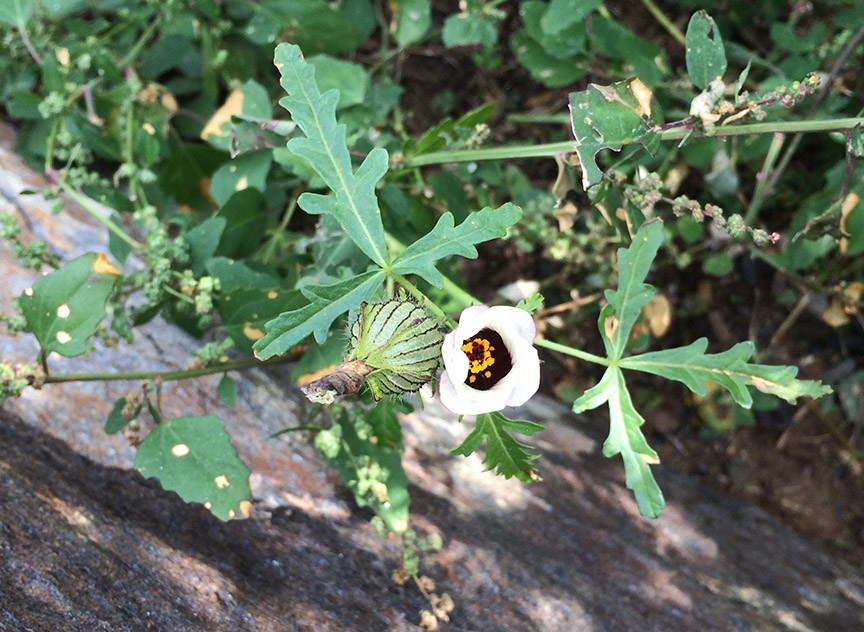
Venice Mallow (Hibiscus trionum)
About the Malvaceae Family. Malvaceae is a widespread family of flowering plants commonly known as the mallow family. This family comprises more than 4,000 species distributed across 243 genera, making it one of the largest families of flowering plants. Species in this family are found mostly in tropical and subtropical regions, with some.
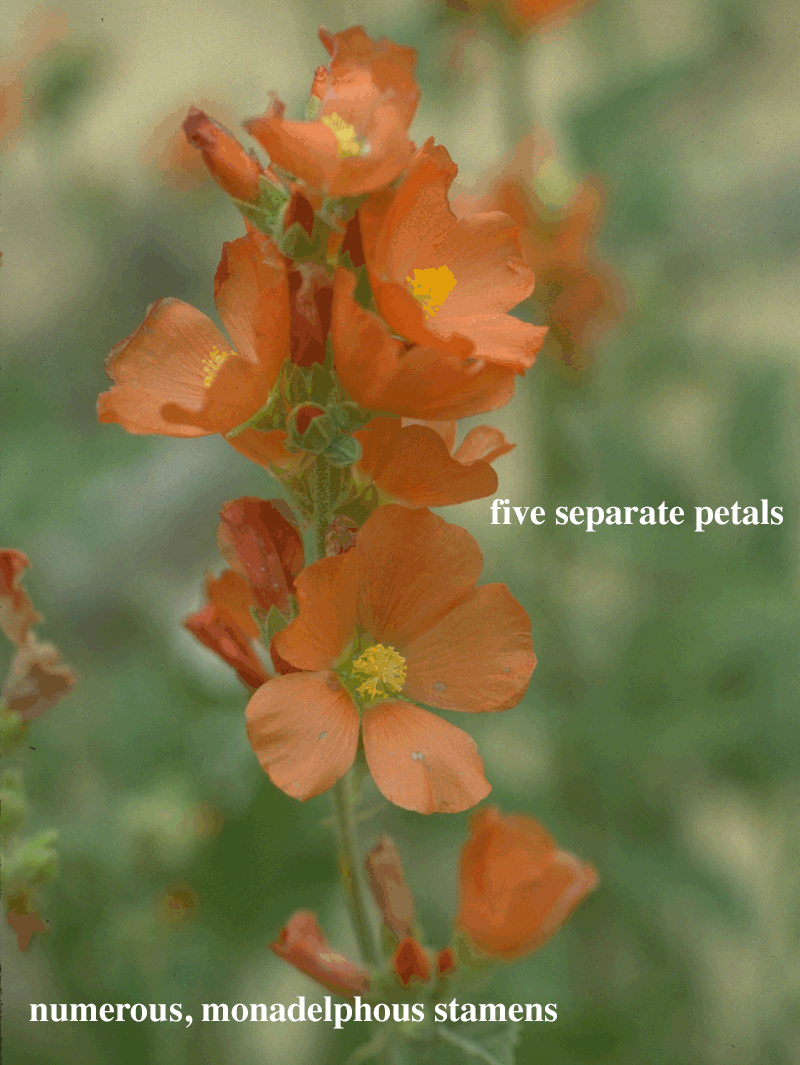
Malvaceae Family Examples / Click here to learn the concepts of malvaceae from biology. Ducimus
Bombacaceae APNI*. Description: Herbs, shrubs or trees, rarely climbers, usually with stellate hairs, rarely with simple hairs, peltate scales or plants glabrous. Leaves alternate, simple or palmately compound; margins entire or variously lobed or toothed; venation often 3-5 from base; stipules usually present, sometimes absent or falling early.
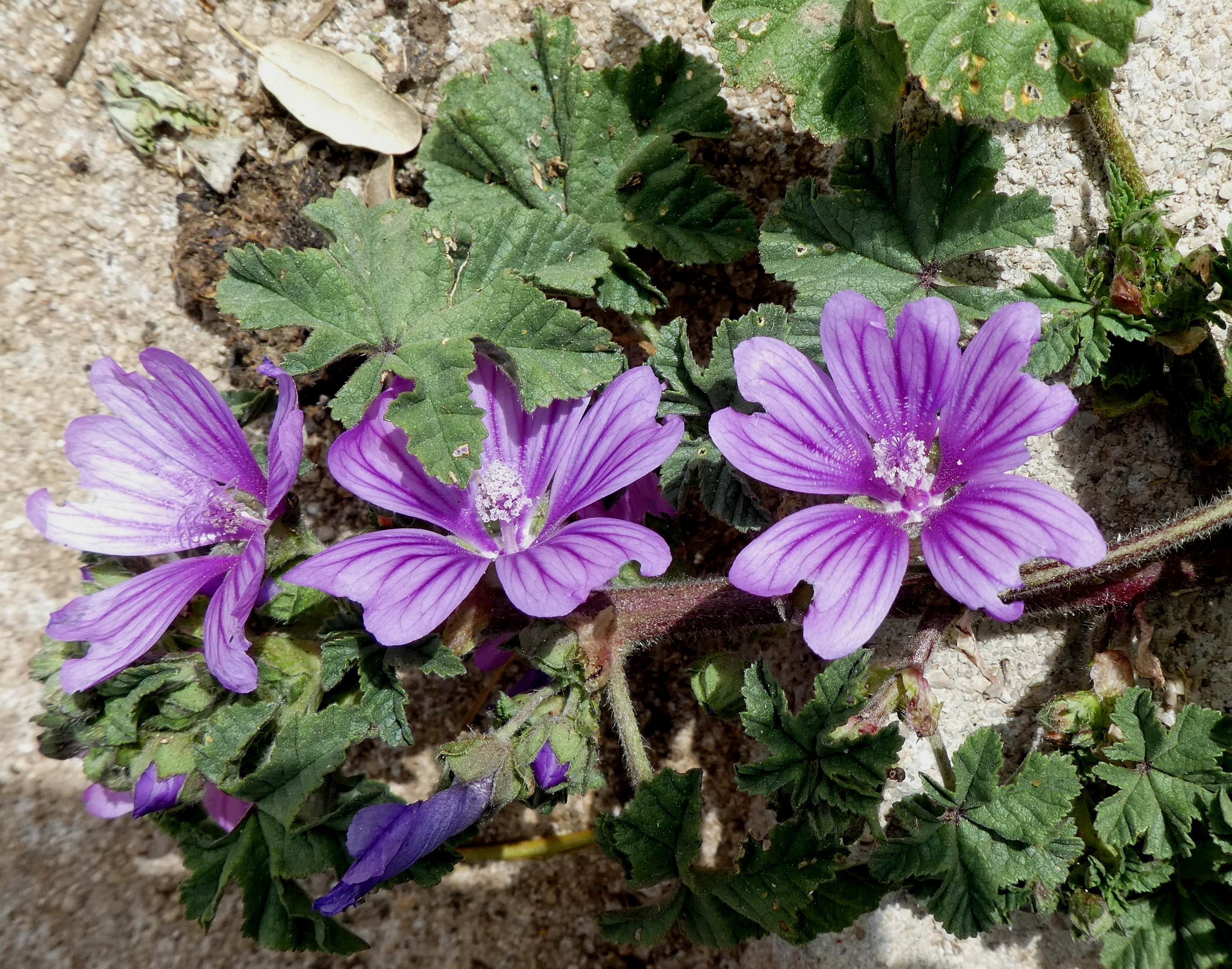
Flower Gallery Malvaceae P1010315
Malvaceae , or the mallows, is a family of flowering plants estimated to contain 244 genera with 4225 known species. Malvaceae , or the mallows, is a family of flowering plants estimated to contain 244 genera with 4225 known species. Wikiwand is the world's leading Wikipedia reader for web and mobile.

Factsheet Malvaceae
The traditional Malvaceae sensu strictu consists of the mallows, abutilons, cotton, hibiscuses and related plants; the extended family Malvaceae sensu APG also contains baobabs, balsa, kapok, kola, cacao, jute, limes (lindens), durians and a wide variety of other plants. The. Blog. Malvaceae is known as the mallow family in English; as les.
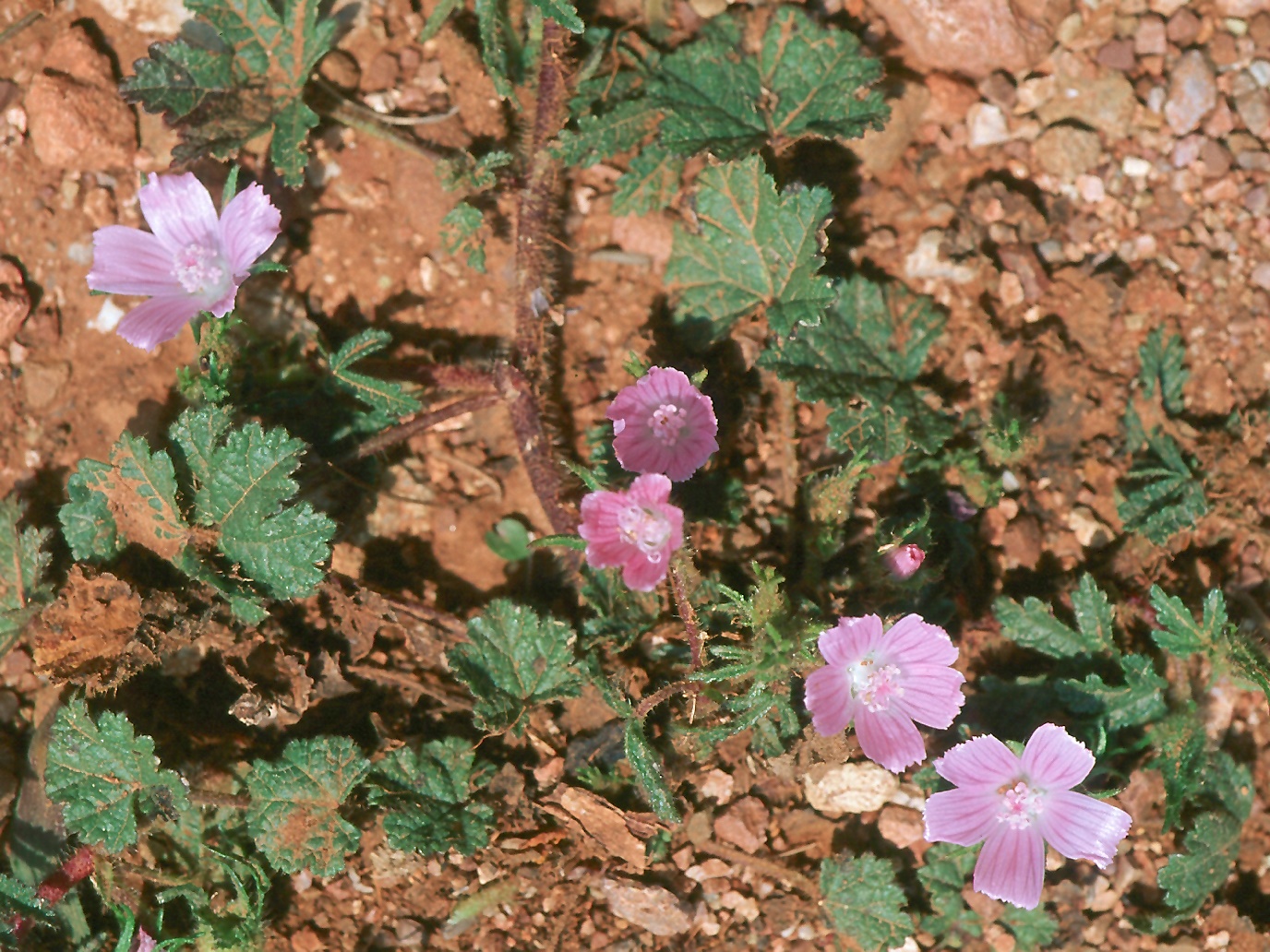
Flower Gallery Malvaceae 604_06
Statistics. The Plant List includes 463 scientific plant names of species rank for the genus Malva.Of these 26 are accepted species names. The Plant List includes a further 18 scientific plant names of infraspecific rank for the genus Malva.We do not intend The Plant List to be complete for names of infraspecific rank. These are primarily included because names of species rank are synonyms of.

DICOT FAMILIES MALVACEAE the cotton family General characters
Statistics. Species of Malvaceae contained within The Plant List belong to 236 plant genera. The Plant List includes 14,258 scientific plant names of species rank for the family Malvaceae. Of these 3,704 are accepted species names. The Plant List includes a further 1,685 scientific plant names of infraspecific rank for the family Malvaceae.
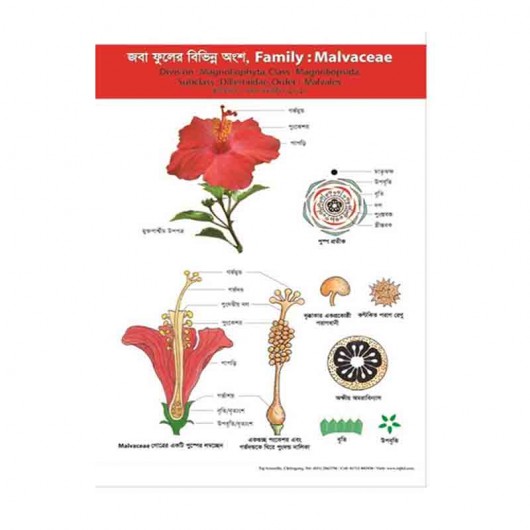
MALVACEAE CHART
Malvaceae (/ m æ l ˈ v eɪ s i ˌ aɪ,-s iː ˌ iː /), or the mallows, is a family of flowering plants estimated to contain 244 genera with 4225 known species. Well-known members of economic importance include okra, cotton, cacao, roselle and durian.There are also some genera containing familiar ornamentals, such as Alcea (hollyhock), Malva (mallow), and Tilia (lime or linden tree).

Morphology of Flowering Plants NEET Malvaceae Family Part 1 Neela Bakore Tutorials YouTube
Malvaceae is a diverse tropical to temperate family of more than 4500 species in nearly 250 genera. Nine subfamilies have been recognized as monophyletic, regrouping traditional paraphyletic Sterculiaceae, Tiliaceae, and Bombacaceae within an expanded Malvaceae (6; 49).This regrouping has been supported by various morphological and anatomical synapomorphies as well as molecular data (39; 1, 2; 6).